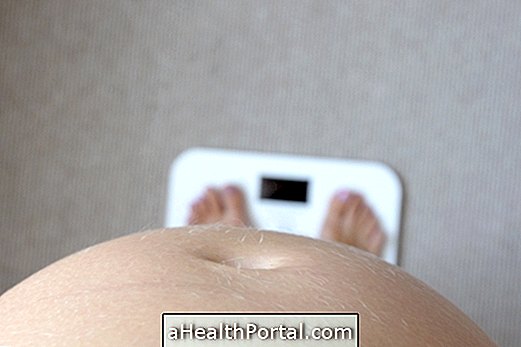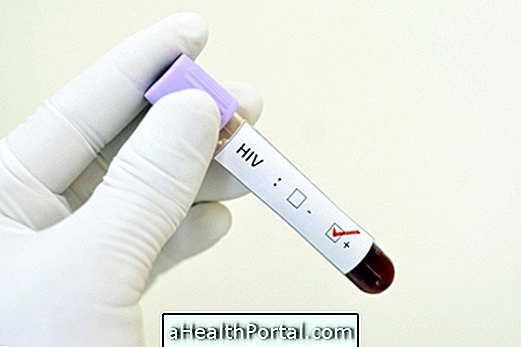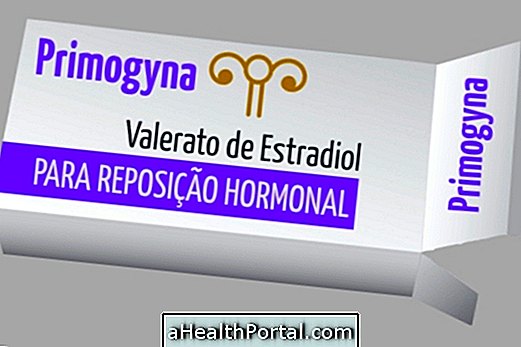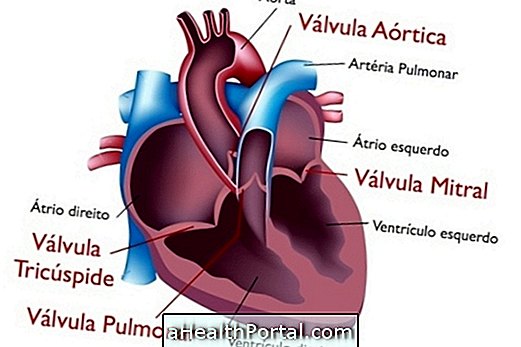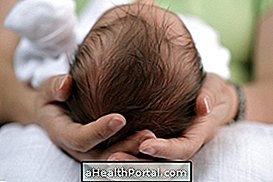Eclampsia is a serious complication of pregnancy, characterized by repeated episodes of seizures, followed by coma, which can be fatal if left untreated. This disease is more common in the last 3 months of pregnancy, however, it may occur at any time after the 20th week of gestation, at delivery, or until after delivery.
Eclampsia is a serious manifestation of pre-eclampsia, blood-borne disease that causes high blood pressure, greater than 140 x 90 mmHg, presence of protein in the urine, and swelling of the body due to fluid retention, but although these diseases are related, not all women with pre-eclampsia have progression from the disease to eclampsia. Learn how to identify pre-eclampsia and when it can become serious.
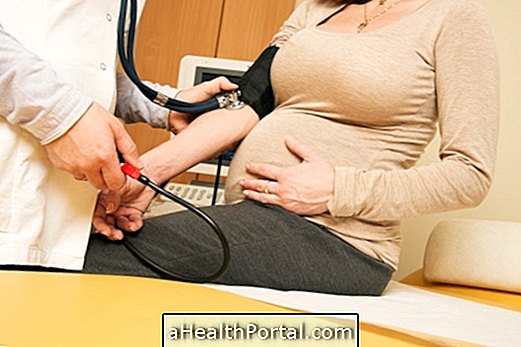
Main symptoms
Symptoms of eclampsia include:
- Convulsions;
- Severe headache;
- Arterial hypertension;
- Rapid weight gain due to fluid retention;
- Swelling of hands and feet;
- Protein loss through urine;
- Ringing in the ears;
- Severe belly pain;
- Vomiting;
- Vision changes.
Convulsive seizures in eclampsia are usually generalized and last about 1 minute, and may progress to coma.
Possible Complications
Eclampsia can cause some complications, especially when not treated quickly as soon as identified. One of the main complications is HELLP syndrome, which is characterized by a severe alteration of the blood circulation, in which red blood cells are destroyed, platelet depletion and liver cell damage, causing an increase in liver enzymes and bilirubin in the blood test. Learn more about what HELLP syndrome is and how to treat it.
Other possible complications are decreased blood flow to the brain, causing neurological damage, in addition to fluid retention in the lungs, breathing difficulties, and kidney or liver failure.
In addition, the babies may also be affected, which may be harmful to their development or the need to anticipate delivery. In some cases, the baby may not be fully developed, and with this there may be problems, such as breathing difficulties, requiring follow-up by the neonatologist and, in some cases, ICU stay to ensure better care.

What are the causes
The causes of eclampsia are related to the implantation and development of blood vessels in the placenta because the lack of blood supply to the placenta causes it to produce substances that, when they fall into circulation, will alter blood pressure and cause damage to the kidneys.
Risk factors for developing eclampsia may include:
- Pregnancy in women over 40 or under 18;
- Family history of eclampsia;
- Pregnancy of twins;
- Women with hypertension;
- Obesity;
- Diabetes;
- Chronic kidney disease;
- Pregnant with autoimmune diseases such as lupus.
The way to prevent eclampsia is to control blood pressure during pregnancy and to perform the prenatal exams necessary to detect any indicative change in this condition as early as possible.
Postpartum eclampsia
Eclampsia can also occur after the birth of the baby, especially in women who had preeclampsia during pregnancy, so they should be closely evaluated so that any signs of clinical worsening can be identified in the first few days after delivery, only should be discharged after normalization of pressure and improvement of symptoms. Find out what the main symptoms are and how postpartum eclampsia happens.
Treatment of eclampsia
The treatment of eclampsia is the administration of magnesium sulfate in an infusion pump to control seizures and coma. In more severe cases, where there is an increased risk of death, it may be necessary to discontinue pregnancy and induce labor, as eclampsia can only be cured when the baby and placenta exit from the woman's uterus. Learn more details in treatment of eclampsia.





